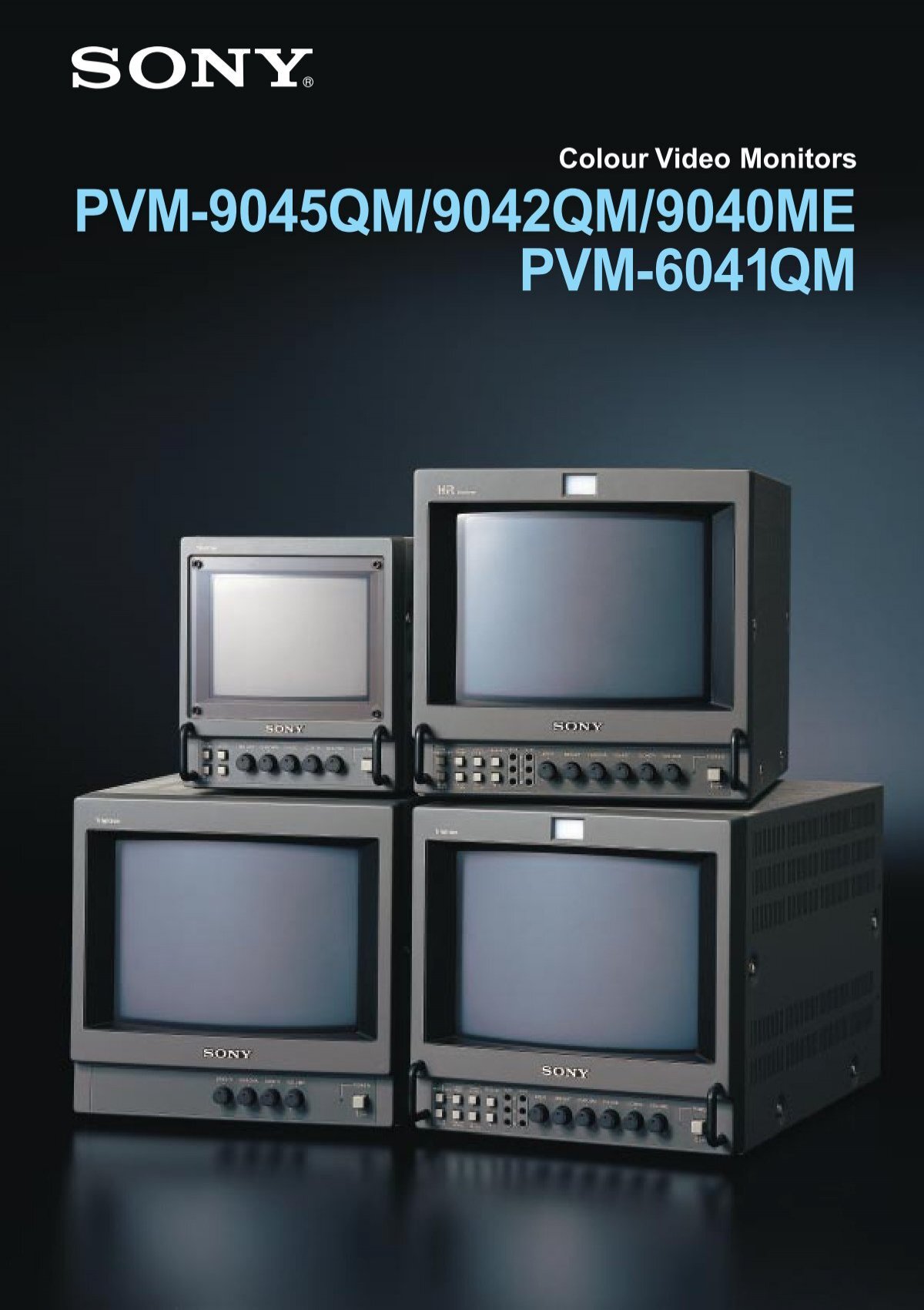jscipione
Experienced Member
Dear VCF,
I am looking for a very special kind of portable computer aka luggable that almost doesn’t exist. I am trying to find a portable pc like the IBM 5155 or Compaq portable but with a built in color CRT monitor and a 386 CPU. I’ve found a couple examples of this kind of computer online but none for sale.
Examples:
https://www.computerhistory.org/collections/catalog/102716058
https://retrocomputing.stackexchange.com/questions/8439/can-anyone-help-me-identify-this-computer
Apparently these were made by various manufacturers in the early 1990’s and tend to be unbranded or have a generic brand on them. It seems like they tend come with a 386 era CPU like a 386sx-16.
Here’s one I found on eBay that is really close to what I’m looking for but it unfortunately has a monochrome screen, not color:
https://www.ebay.com/itm/Vintage-Portable-PC-Computer-w-Carrying-Case/233878656133
I figure that if anyone knows where to find one of these it would be here. So does anybody know where to find one of these unicorns? The one on eBay I linked to above appears to have a rare ATI EGA Wonder video card in it which makes it a tempting computer. If the monitor was color it would be a no brainer. Unfortunately it doesn’t seem to work, the screen is shown as amber, and the dip switches on the back are set to TTL monochrome mode so I’m almost sure that it’s not color.
If this request is asking too much I apologize but I would like to get my hands on one of these. I’ll keep looking on eBay to see if one shows up. Cheers!
I am looking for a very special kind of portable computer aka luggable that almost doesn’t exist. I am trying to find a portable pc like the IBM 5155 or Compaq portable but with a built in color CRT monitor and a 386 CPU. I’ve found a couple examples of this kind of computer online but none for sale.
Examples:
https://www.computerhistory.org/collections/catalog/102716058
https://retrocomputing.stackexchange.com/questions/8439/can-anyone-help-me-identify-this-computer
Apparently these were made by various manufacturers in the early 1990’s and tend to be unbranded or have a generic brand on them. It seems like they tend come with a 386 era CPU like a 386sx-16.
Here’s one I found on eBay that is really close to what I’m looking for but it unfortunately has a monochrome screen, not color:
https://www.ebay.com/itm/Vintage-Portable-PC-Computer-w-Carrying-Case/233878656133
I figure that if anyone knows where to find one of these it would be here. So does anybody know where to find one of these unicorns? The one on eBay I linked to above appears to have a rare ATI EGA Wonder video card in it which makes it a tempting computer. If the monitor was color it would be a no brainer. Unfortunately it doesn’t seem to work, the screen is shown as amber, and the dip switches on the back are set to TTL monochrome mode so I’m almost sure that it’s not color.
If this request is asking too much I apologize but I would like to get my hands on one of these. I’ll keep looking on eBay to see if one shows up. Cheers!

